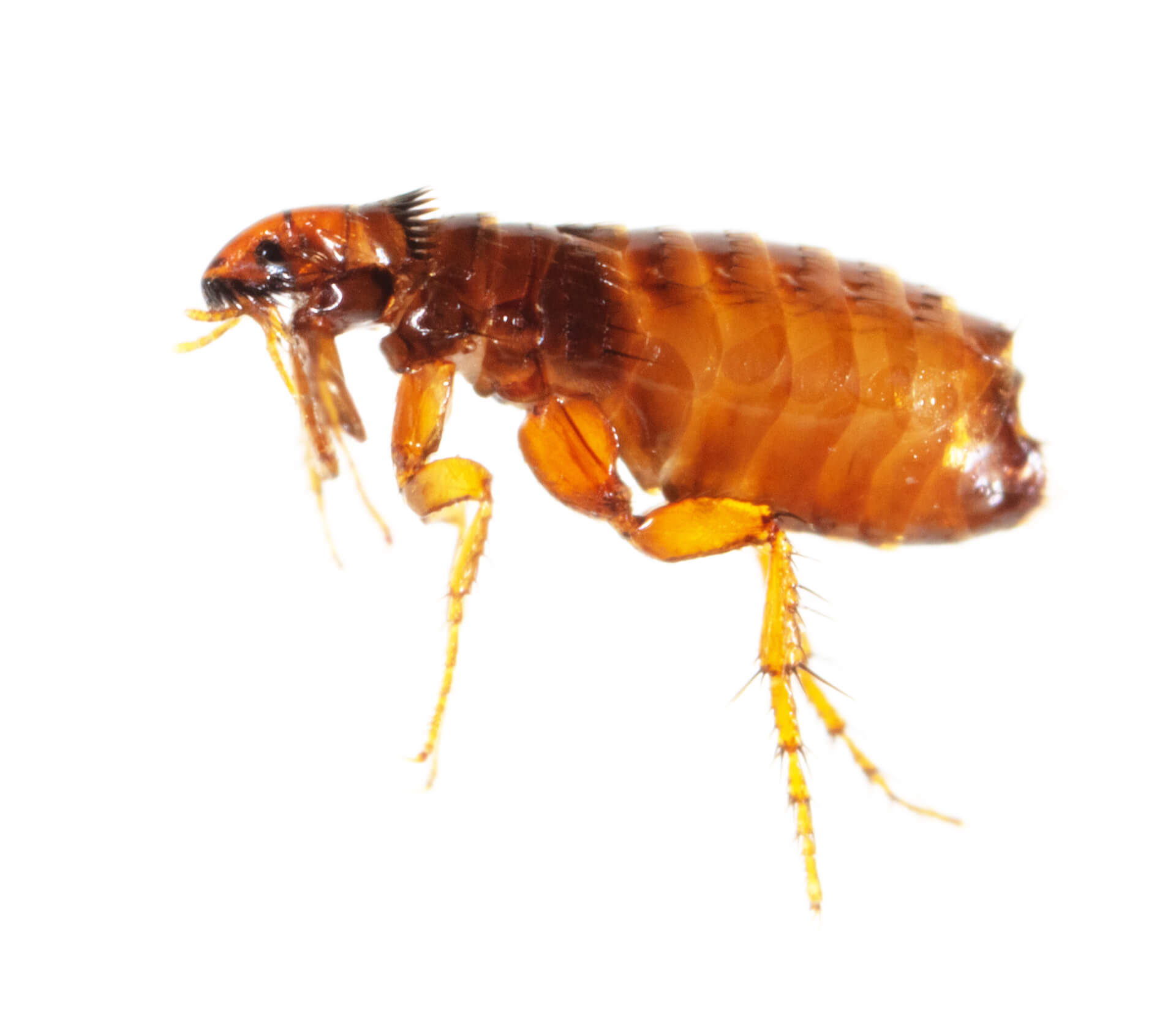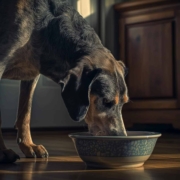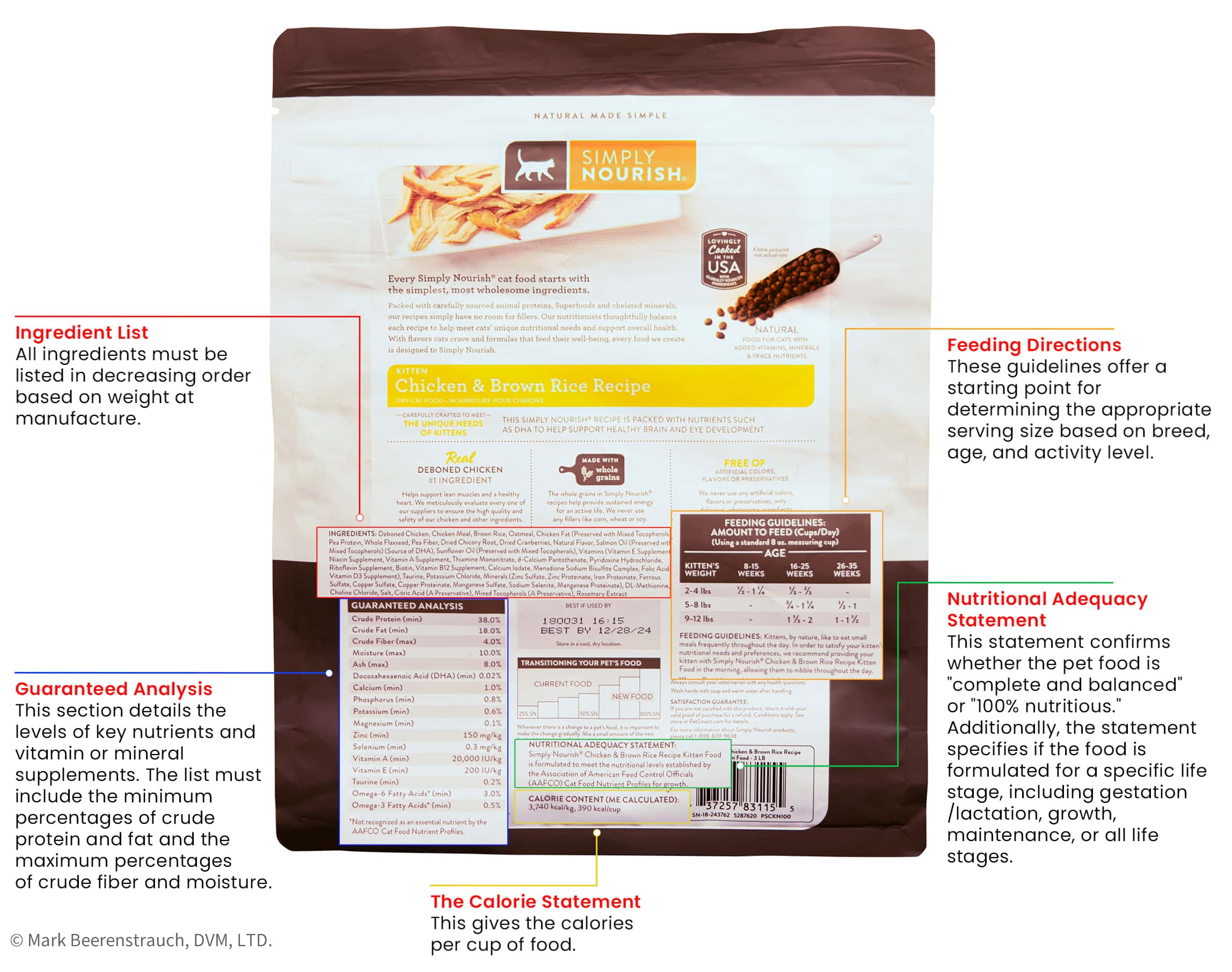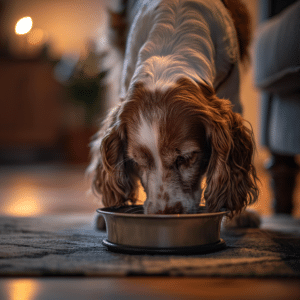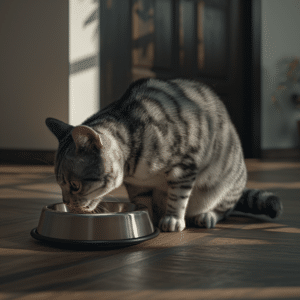Fleas in Las Vegas: What Pet Parents Need to Know
Fleas are the most common external parasite in dogs and cats. They cause intense itching, hair loss, and skin infections. They can also carry diseases that may affect both dogs and people. While flea issues are minor in Las Vegas, they are still present, especially when people travel with their pets.
What Are Fleas?
Fleas are tiny, wingless insects that feed on the blood of mammals and birds. They prefer warm, ambient temperatures and moderate humidity, making the inside of homes a prime environment for them to thrive. There are four stages in the fleas’ three-week life cycle: egg, larva, pupa, and adult. Adult fleas live on animals, while the other stages are in the environment.
Each female flea lays about 40 eggs daily on an animal’s skin, which can easily roll off into the surrounding environment. Larvae hatch from eggs and seek dark, warm areas such as carpet fibers, forming a cocoon and becoming pupae. Pupae can remain undisturbed for months and not be killed with insecticides, freezing, or drying. Adults emerge from cocoons when they sense a potential host nearby, detecting vibrations, light, or carbon dioxide.
Since adult fleas prefer not to leave a host once they find one, dogs generally get fleas from being in an environment with newly emerging adult fleas rather than by making direct contact with another dog with fleas.
Symptoms of Flea Infestation
Symptoms of flea infestation include scratching, red bumps, hair loss, and flea dirt. The severity of symptoms depends on the extent of the infestation and the size and age of the host animal. Common clinical signs include:
- Itching, biting, or over-grooming
- Hair loss or redness on the back near the tail and in between or on the back of the legs
- Small red bumps or flaking skin if an infection occurs (flea allergy dermatitis)
How to Tell if My Pet Has Fleas
Although your pet may be infested with fleas, they are not always easy to find. One of the best methods for checking your pet for fleas is to look for flea dirt (feces) in your pet’s hair coat. Briskly comb or rub a section of your pet’s hair while your pet is sitting or lying on a white piece of paper. If your pet has fleas, black specks (flea dirt) will fall onto the paper. Transferring these specks to a damp piece of paper will turn red or rust-colored due to the blood in the flea’s waste.
Treatment and Prevention
The goal of flea treatment is to interrupt the flea life cycle on the pet and in the environment, which may take a few months to manage completely. This is achieved by:
Treating all pets routinely with appropriate flea products: Some options, including topicals or long-acting collars, are available over the counter. Oral preventatives require a veterinary prescription. Your Pet Health veterinarian can help you choose the most effective product for your pet.
Washing all bedding and vacuuming frequently triggers the release of pupae. This is followed by the use of a spray intended to kill adult fleas quickly and stop their reproduction. Remove pets from the area before use.
Outdoor maintenance: Remove leaf or brush piles, and consider spray treatment of shaded areas where pets frequent. Multiple treatments at set frequencies will be needed to interrupt the life cycles. Professional exterminators may also be used.
Flea Activity in Las Vegas
Is flea prevention necessary in Las Vegas? The answer is generally no. Fleas prefer warm and humid conditions, typically between 75 to 85 degrees Fahrenheit, and need about 50% humidity to survive. The hot summers and arid year-round climate of Las Vegas make it a very inhospitable place for fleas to survive.
While flea occurrences are rare in Las Vegas, they happen, especially when traveling to places like San Diego, which has a perfect climate for fleas year-round. If an infestation occurs, it can take up to three months of consistent flea prevention (for all pets in the household), cleaning, and vacuuming to get it under control. If you are traveling outside of Las Vegas with your pets, talk to your Pet Health vet about flea preventative before you leave. This is much easier than dealing with a flea problem after you come home.



